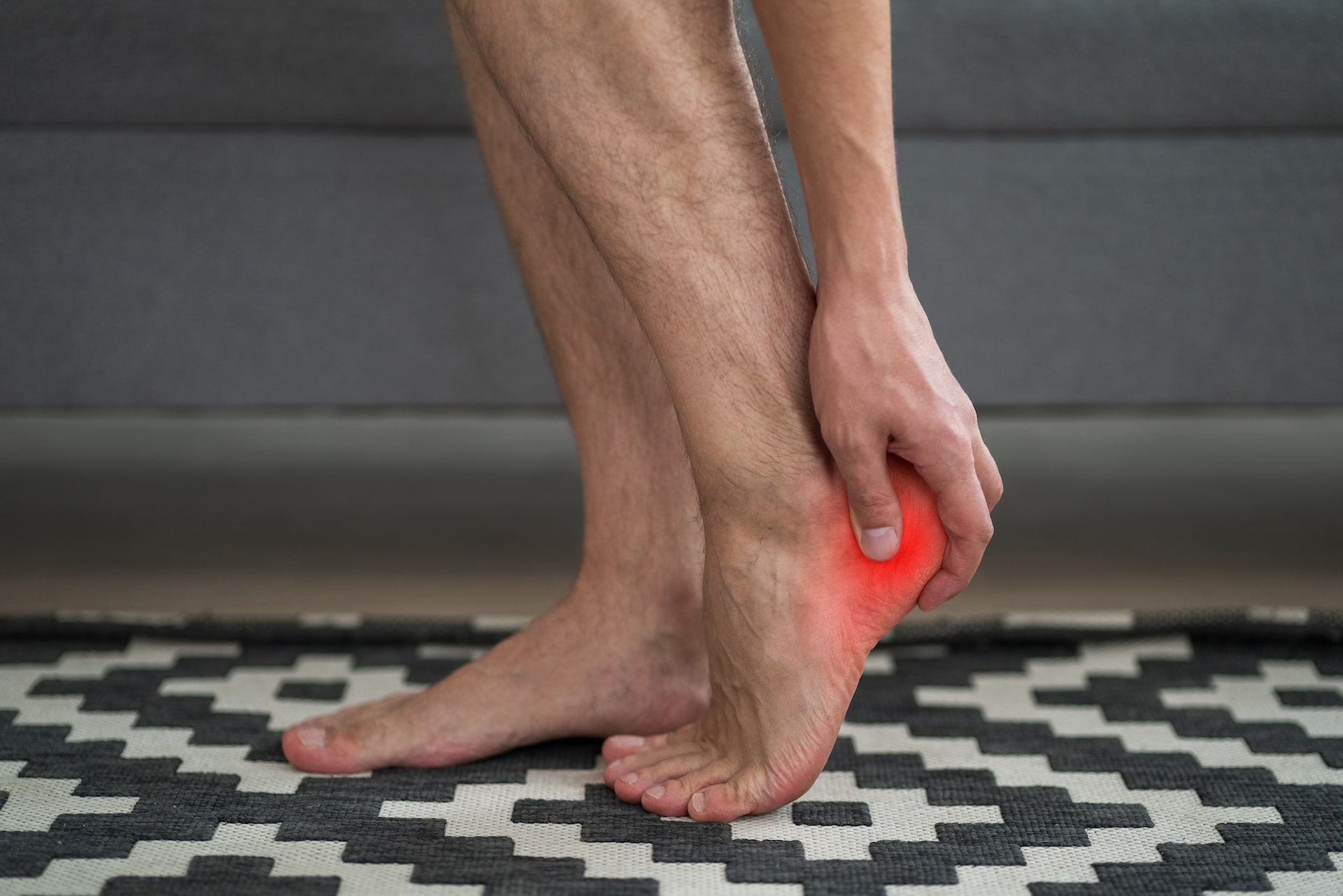Keep your feet happy this winter
In addition to bringing cold temperatures, winter weather also tends to bring dry air. Just as the skin on your hands and other parts of your body can become dry, cracked, and irritated, so can the skin on your feet. Your feet may also suffer from stiffness or soreness as a result of engaging in less physical activity during the colder months, and from winter shoes and boots that are especially rigid. Invest in a good, emollient skin moisturizer, and apply it regularly to your feet. When moisturizing the skin on your feet, take the opportunity to also give yourself a foot massage. Massaging your feet, particularly the arches and the backs of your heels just below the ankles, can help your feet feel more relaxed at the end of the day.
Be cautious when walking around this winter
Even on a clear day, proceed with caution when walking outside this winter. Just because the sky is clear, doesn’t mean the path is free of obstacles or hazards. Cold temperatures could result in slippery or icy conditions, especially if it has snowed or rained recently. First, make sure that your shoes adequately protect your feet, and offer warmth, comfort, support, and coverage. Wear shoes that cover the feet entirely to avoid exposure-related injuries such as frostbite. You also need shoes that will keep your feet dry — moisture inside your shoes may lead to uncomfortable blisters. Winter shoes should also have thick soles with deep treads to help your feet grip surfaces that are potentially slick or icy. A deep tread can help prevent falls or slips that could lead to sprains and fractures.
Invest in appropriate footwear
Winter shoes and boots tend to be bulky, thick, and heavy. Winter footwear is designed to protect your feet from the elements and help you stay upright on slick surfaces. When selecting winter shoes and boots, look for shoes that allow you to wiggle your toes and flex your foot through a full stride. Shoes should be snug, but not too tight, and your heel shouldn’t lift out of the heel cup when you take a step. If you participate in winter sports, have your sports shoes or boots fitted carefully to your feet, especially if you invest in ski boots. When looking for winter sports shoes and boots, keep these gems in mind:
Running shoes
Winter running may require a different set of shoes than your regular running shoes. Colder temperatures along with damp conditions may require you to seek out shoes that offer warmth and dryness. Look for lightweight, synthetic materials that offer moisture-wicking properties to draw moisture away from the foot and pair these shoes with socks that do the same. Avoid running in cotton socks as they retain moisture and may lead to blisters which will alter your strike pattern and potentially cause negative results in your running routine.
Snow or rain boots
Rain and snow boots come in a variety of styles and materials. While it may be tempting to buy fashionable styles, opt for function over form. As with running shoes, look for boots that provide some form of wicking action to draw moisture away from your feet, or wear moisture-wicking socks if your boots are waterproof. One of the unfortunate side effects of winter boots is that they often result in sweaty feet, so in addition to wearing moisture-wicking socks, be sure to allow the inside of your boots to dry out thoroughly before wearing them again. Allowing moisture to build up in your boots without drying them out between wear could result in bacterial or fungal growth, which could potentially transfer to your skin or toenails and result in infection.
Ski and snowboard boots
Always wear appropriate ski and snowboarding boots when taking part in these sports, as they are specially designed to protect your feet, ankles, and lower legs. Wearing other types of footwear could result in injuries, including serious fractures, which could lay you up for the rest of the season. Your boots should fit snugly enough that the heel, instep, and ball of the foot are immobile. However, you should still be able to wiggle your toes. A professional ski fitter should be able to help you get the best possible fit. Your podiatrist may also be able to offer custom orthotics that can be used with your ski and snowboard boots. When using orthotics, take them with you when trying on ski and snowboard boots, as they will take up space in the boots. You need to be sure that the boots fit properly with orthotics in place.
To learn more about proper footwear, schedule an online appointment with Kansas City Foot Specialists or call us today at (913) 338-4440.



